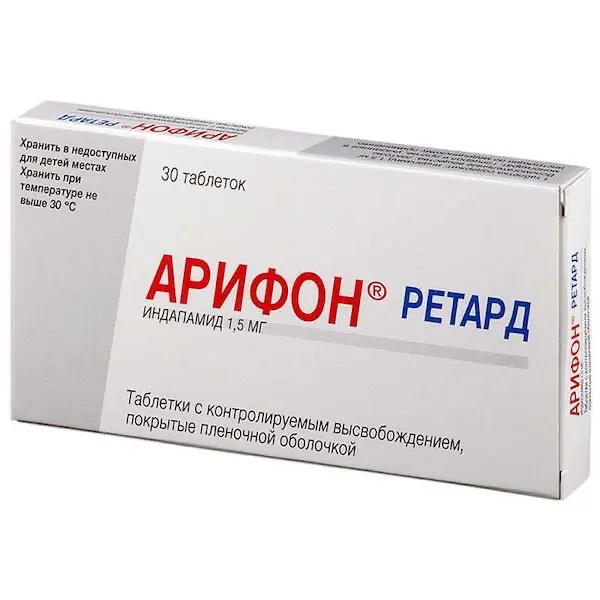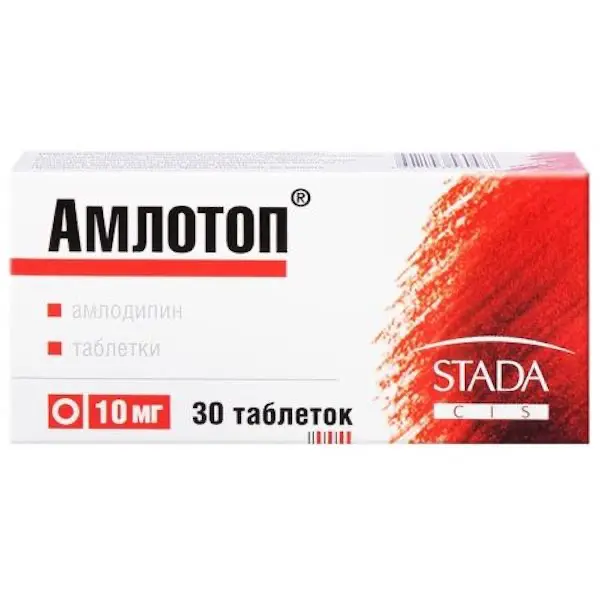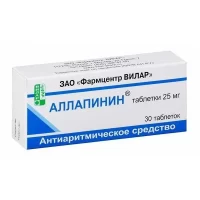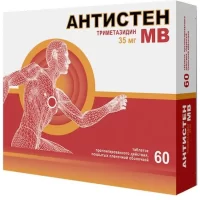Description
Amiodarone Pharmacodynamics
Amiodarone belongs to class III antiarrhythmic drugs (class of repolarization inhibitors) and has a unique mechanism of antiarrhythmic action, because in addition to the properties of class III antiarrhythmic drugs (potassium channel blockade), it has effects of class I antiarrhythmic drugs (sodium channel blockade), class IV antiarrhythmic drugs (calcium channel blockade) and noncompetitive beta-adrenoblocking action. In addition to antiarrhythmic action, it has antianginal. coronary dilator. alpha- and beta-adrenoblocking effects.
Antiarrhythmic properties:
– Increased duration of the 3rd phase of cardiomyocyte action potential, mainly due to blocking the ionic current in potassium channels (Williams Class III antiarrhythmic effect);
– reduction of automatism of the sinus node, leading to a decrease in heart rate:
– non-competitive blockade of alpha- and beta-adrenergic receptors;
– slowing of sinoatrial, atrial and atrioventricular conduction, more pronounced in tachycardia;
– absence of changes in ventricular conduction;
increased refractory periods and decreased atrial and ventricular myocardial excitability, and increased atrioventricular node refractory period;
– Slower conduction and increased duration of refractory period in additional atrial-ventricular conduction bundles.
Other effects:
– Absence of negative inotropic action when taken orally;
– decreased myocardial oxygen consumption due to a moderate decrease in peripheral resistance and heart rate;
– increase in coronary blood flow through direct effect on coronary artery smooth muscle;
– maintenance of cardiac output by reducing aortic pressure and peripheral resistance;
– Effects on thyroid hormone metabolism: inhibition of TK conversion to T4 (blockade of thyroxin-5-deiodinase) and blocking of these hormones capture by cardiomyocytes and hepatocytes, resulting in weakening of stimulating effect of thyroid hormones on the myocardium.
Therapeutic effects are observed, on average, one week after the start of the drug (several days to two weeks). After discontinuation of its use, amiodarone is determined in blood plasma for 9 months. It should be taken into account the possibility of preserving the pharmacodynamic effects of amiodarone for 10-30 days after its withdrawal.
Indications
Prevention of recurrence:
– Life-threatening ventricular arrhythmias, including ventricular tachycardia and ventricular fibrillation (treatment should be initiated in the hospital with careful cardiac monitoring).
– Supraventricular paroxysmal tachycardias:
– Documented attacks of recurrent persistent supraventricular
paroxysmal tachycardia in patients with organic heart disease;
– Documented attacks of recurrent sustained supraventricular
Recurrent sustained supraventricular paroxysmal tachycardia in patients without organic heart disease, when antiarrhythmic drugs of other classes are ineffective or there are contraindications to their use;
– Documented attacks of recurrent persistent supraventricular
Paroxysmal tachycardia in patients with Wolff-Parkinson-White syndrome.
– Atrial fibrillation and atrial flutter. Prevention of sudden arrhythmic death in high-risk patients:
– Patients after a recent myocardial infarction with more than 10 ventricular extrasystoles per hour, clinical manifestations of chronic heart failure, and reduced left ventricular ejection fraction (less than 40%). Amiodarone may be used for treatment of rhythm disturbances in patients with coronary heart disease and/or left ventricular dysfunction.
Contraindications
– Hypersensitivity to iodine, amiodarone or excipients of the drug.
– Galactose intolerance, lactase deficiency, glucose-galactose malabsorption syndrome (the drug contains lactose).
Sinus node weakness syndrome, sinus bradycardia, sinoatrial block if the patient does not have an artificial rhythm driver (pacemaker) installed (risk of sinus node “arrest”).
– Atrioventricular block of grade H-H if the patient does not have an artificial pacemaker (pacemaker) installed.
– Hypokalemia and hypomagnesemia.
– Combination with drugs that may prolong the QT interval and cause paroxysmal tachycardia, including pirouette-type polymorphic ventricular tachycardia (see section “Interaction with other medicinal products”):
– Antiarrhythmic drugs: Class IA (quinidine, hydroquinidine, disopyramide, procainamide); Class III (dofetilide, ibutilide, bretylium tozilate); sotalol;
– other (non antiarrhythmic) drugs such as bepridil; vincamine; some neuroleptics: phenothiazines (chlorpromazine, cyamemazine, levomepromazine, thioridazine, trifluoperazine, fluphenazine), benzamides (amisulpride, sultoprid, sulpiride, tiapride, veraliprid) butyrophenones (droperidol, haloperidol), certindol, pimozide; cisapride; tricyclic antidepressants; macrolide antibiotics (in particular, erythromycin in intravenous administration, spiramycin); azoles; antimalarials (quinine, chloroquine, mefloquine, halofantrine); pentamidine in parenteral administration; difeminal methylsulfate: Misolastin; astemizole; terfenadine; fluoroquinolones.
– Congenital or acquired prolongation of the QT interval.
– Thyroid dysfunction (hypothyroidism, hyperthyroidism).
– Interstitial lung disease.
– Pregnancy (except for special cases, see section “Administration during pregnancy and lactation”).
– Breast-feeding period (see section “Administration during pregnancy and breast-feeding”).
– Age up to 18 years old (effectiveness and safety have not been established).
Dosage and administration
- The drug should only be taken as prescribed by the doctor.
- Amiodarone tablets are taken orally before meals with plenty of water.
Loading (“saturation”) dose: different schemes may be applied
saturation dosage: a variety of saturation dosage regimens may be used. - In hospital: the initial dose, divided into several doses, is 600-800 mg (up to a maximum of 1200 mg) per day until a total dose of 10 g is reached (usually within 5-8 days).
- Outpatient: initial dose divided into multiple doses is 600-800 mg per day until a total dose of 10 g is reached (usually within 10-14 days). Maintenance dose: may vary from 100 to 400 mg/day in different patients. The minimum effective dose should be used according to the individual therapeutic effect.
Since amiodarone has a very long half-life, it may be taken every other day or taken 2 days intervals per week. - The average therapeutic single dose is 200 mg.
The average therapeutic daily dose is 400 mg. - The maximum single dose is 400 mg.
The maximum daily dose is 1200 mg.





